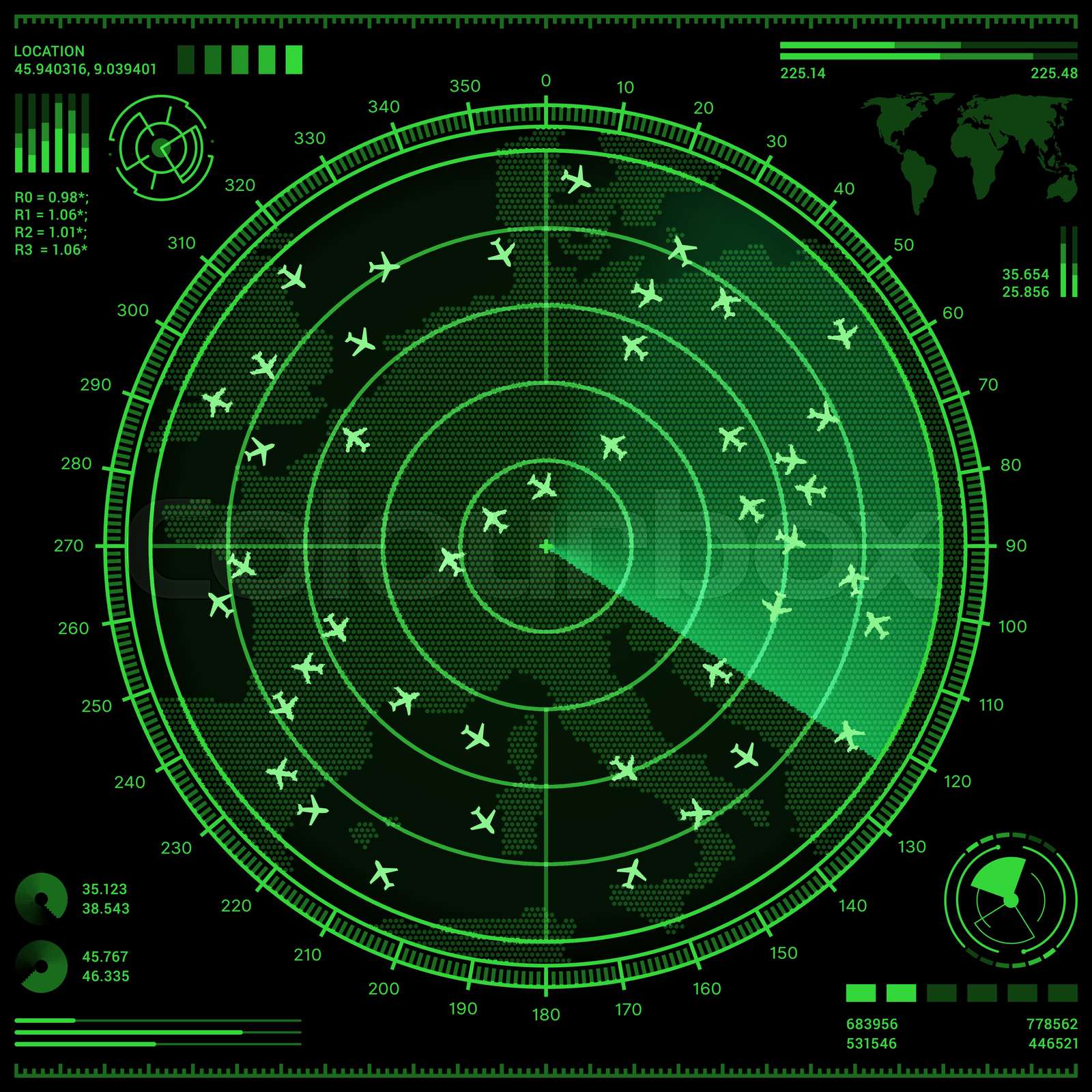
The air radar system is an essential technology used in various fields, including aviation, meteorology, and military operations. This article aims to provide a thorough understanding of air radar, its components, functionality, and applications. By exploring the intricacies of air radar, we will uncover its importance in ensuring safety and efficiency in air traffic management and weather forecasting.
As we delve deeper into the world of air radar, we will examine its various types, how they operate, and the benefits they offer. With advancements in technology, air radar systems have evolved significantly, leading to improved accuracy and reliability. Whether you are a professional in the aviation industry or simply curious about how air radar works, this article will provide valuable insights.
Moreover, we will discuss the future of air radar technology, the challenges it faces, and the innovations on the horizon. Understanding air radar is not just about grasping its technical aspects; it also involves recognizing its impact on safety, efficiency, and environmental sustainability.
Table of Contents
What is Air Radar?
Air radar, often referred to as radar systems used for air surveillance, is a technology that utilizes radio waves to detect and track objects in the atmosphere. It is primarily used in aviation to monitor aircraft positions and movements, ensuring safe and efficient air traffic management. The term "radar" stands for Radio Detection and Ranging, which encapsulates its fundamental purpose: to detect objects and determine their distance from the radar source.
How Air Radar Works
Air radar systems emit radio waves that bounce off objects in the atmosphere, such as aircraft or weather formations. The radar system then receives the reflected waves and analyzes their properties to gauge the distance, speed, and direction of the detected objects. This information is crucial for air traffic controllers and meteorologists, allowing them to make informed decisions.
Types of Air Radar
There are several types of air radar systems, each designed for specific applications. Understanding these types is essential for appreciating the versatility of air radar technology.
- Primary Radar: This type of radar directly detects objects by sending out radio waves and measuring the time it takes for the signals to return.
- Secondary Radar: Secondary radar systems rely on transponders installed on aircraft, which respond to radar signals by sending back specific information, such as altitude and identification.
- Weather Radar: This radar type is specifically designed to detect weather patterns and precipitation, providing critical data for meteorological analysis.
- Ground Surveillance Radar: Used primarily in military applications, these radars monitor ground activity and provide situational awareness.
How Air Radar Works
The functionality of air radar systems is based on the principles of electromagnetic waves. When the radar system transmits radio waves, these waves travel through the atmosphere and bounce off objects. The radar then calculates the distance to the object by measuring the time it takes for the waves to return. This process involves several key components:
- Transmitter: Generates the radio waves.
- Antenna: Directs the radio waves and receives the reflected signals.
- Signal Processor: Analyzes the received signals and extracts relevant data.
- Display System: Presents the information in a user-friendly format for operators.
Applications of Air Radar
Air radar technology has a wide range of applications across different sectors, each benefiting from the accuracy and reliability it offers. Here are some notable applications:
Aviation
In aviation, air radar systems are essential for monitoring aircraft positions, ensuring safe takeoffs and landings, and managing air traffic flow. They enhance situational awareness for air traffic controllers and pilots.
Meteorology
Weather radar systems play a crucial role in forecasting and monitoring weather patterns. They provide real-time data on precipitation, storm systems, and severe weather events, helping meteorologists make accurate predictions.
Benefits of Air Radar
The advantages of air radar technology are numerous and impactful. Some key benefits include:
- Enhanced Safety: Air radar significantly improves safety in aviation by providing accurate tracking of aircraft and preventing collisions.
- Efficient Air Traffic Management: Radar systems help optimize flight routes, reducing delays and improving fuel efficiency.
- Accurate Weather Monitoring: Weather radar systems enable timely warnings for severe weather, helping to protect lives and property.
- Data Collection: Air radar systems gather valuable data that can be used for research and analysis in various fields.
Future of Air Radar Technology
The future of air radar technology looks promising, with ongoing advancements aimed at improving accuracy, reliability, and functionality. Some trends to watch include:
- Integration with Drones: As drone technology advances, air radar systems will likely incorporate capabilities to track and manage drone traffic.
- Artificial Intelligence: AI integration will enhance radar data analysis, enabling faster and more accurate decision-making.
- Environmental Considerations: Future radar systems are expected to focus on minimizing environmental impact while maximizing efficiency.
Challenges in Air Radar Technology
Despite its advantages, air radar technology faces several challenges:
- Signal Interference: Environmental factors and technological limitations can affect radar signal quality.
- Cost: Implementing advanced radar systems can be expensive, particularly for smaller airports or organizations.
- Regulatory Issues: Navigating regulations and standards can be complex, impacting the deployment of new radar technologies.
Conclusion
In summary, air radar technology is a vital component of modern aviation and meteorology. Its ability to detect and track objects accurately enhances safety and efficiency in air traffic management and weather forecasting. As technology continues to evolve, air radar systems will play an even more significant role in our daily lives.
We encourage readers to share their thoughts on air radar technology and its applications in the comments below. Additionally, feel free to explore other articles on our site for more insights into aviation and technology.
Thank you for reading, and we look forward to seeing you back on our site for more informative content!
ncG1vNJzZmirn521b6%2FOpmasp5idu6bD0pusrGppZK6qvoyrmJ2ZomO1tbnL